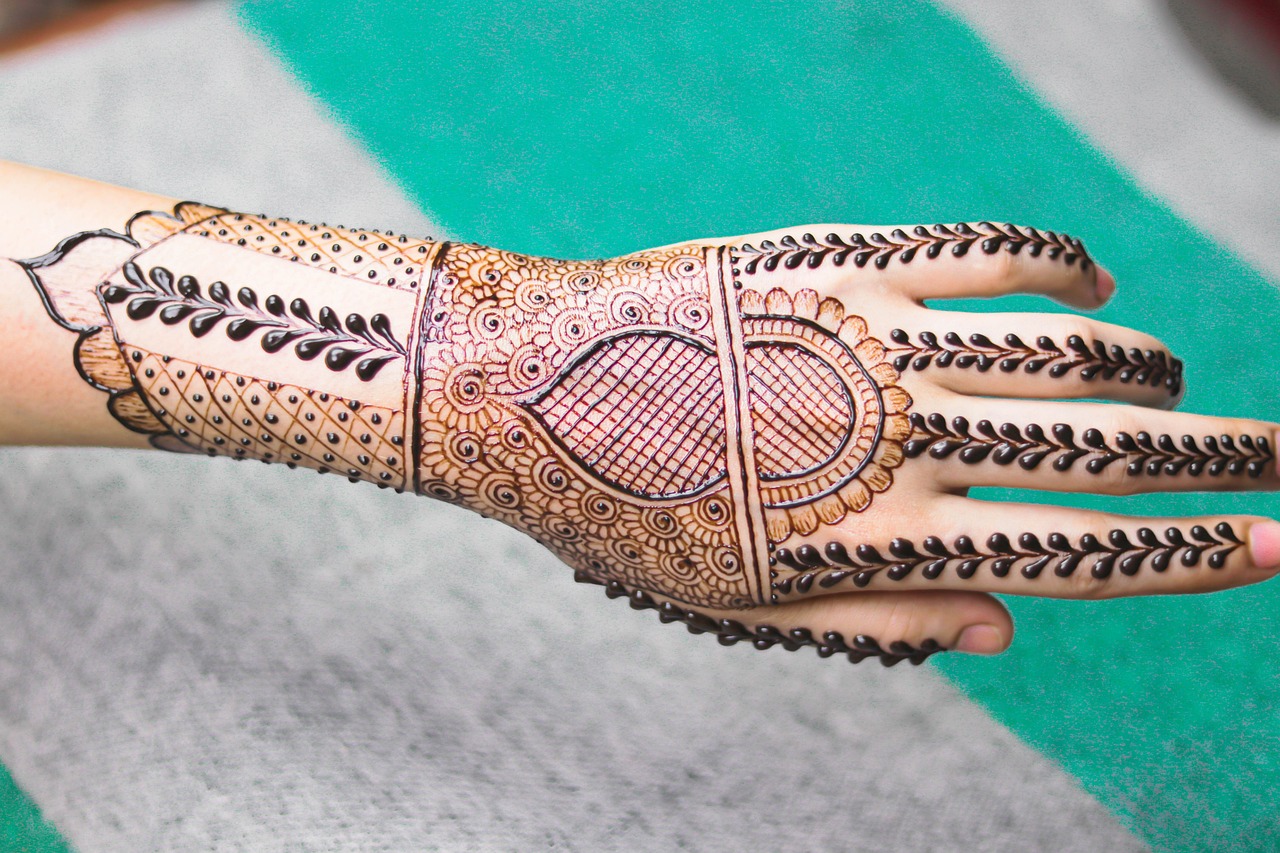Discover the Different Types of Mehndi Designs for Hands: A Complete Guide
Mehndi, also known as henna, is a cherished tradition in many cultures and has become a global trend for its intricate and stunning patterns. Whether itâs for a wedding, festival, or any special occasion, choosing the right types of mehndi designs for hands can elevate your look and carry cultural significance. In this guide, weâll explore the diverse styles of mehndi designs, from traditional patterns to modern artistry, and highlight their unique features. Letâs dive into the world of beautiful mehndi.
Subtopic 1: Traditional Types of Mehndi Designs for Hands
Traditional mehndi designs are deeply rooted in culture and customs, making them a quintessential choice for celebrations like weddings or festivals. These designs often feature intricate paisleys, floral motifs, and symmetrical patterns that cover the hands in a mesmerizing way.
What are some popular traditional mehndi styles?
Several regional designs fall under the traditional umbrella. Some of the most common ones include:
- Indian Mehndi: Known for intricate details and motifs like peacocks, flowers, and curls. It often features dense patterns that cover the entire palm.
- Arabic Mehndi: Characterized by bold, flowing designs with floral elements and spaces that add elegance.
- Pakistani Mehndi: Combines elements of Indian and Arabic styles, focusing on symmetry and traditional themes.
Fun Fact
Did you know that mehndi holds special significance in weddings? According to Brides.com, the darker the mehndi stain, the deeper the bond symbolized between partners.
Subtopic 2: Contemporary Types of Mehndi Designs for Hands
The rise of modern influences has given birth to contemporary mehndi styles, which cater to evolving trends and personal preferences. They are perfect for those who crave unique, minimalistic, or experimental patterns.
What defines contemporary mehndi designs?
Contemporary mehndi focuses on creativity and individuality. It blends new artistic elements such as geometric shapes, quirky themes, and even personalized touches like initials. Some examples are:
- Minimalist Mehndi: Simple and sleek designs that emphasize empty spaces for a clean, chic look.
- Fusion Mehndi: Combines traditional and modern styles, such as traditional motifs with a modern twist (e.g., watercolor effects).
- Jewelry-Inspired Mehndi: Mimics the look of bracelets, rings, or other accessories to double as ornamentation.
Case Study
Celebrity weddings have been a major trendsetter for mehndi styles. For example, Priyanka Chopraâs mehndi during her wedding featured a blend of traditional Indian patterns with minimalistic modern designs. Such trends influence brides around the world to mix heritage with their personal style.
Subtopic 3: How to Choose the Right Mehndi Design for Your Hands
Selecting the perfect mehndi design depends on several factors, such as the occasion, personal style, and the time youâre willing to invest in application. Hereâs a simple guide to help you choose wisely.
How can I pick the perfect mehndi design?
To find the right design, consider these tips:
- Occasion: For formal events like weddings, traditional or elaborate mehndi works best. For casual functions, go for minimalist or contemporary patterns.
- Time: Intricate designs take longer, while simpler ones are quicker to apply, making them ideal for last-minute styling.
- Hand Size: Small hands look great with delicate patterns, while larger designs can emphasize broader palms.
Expert Tip
âWhen choosing a mehndi design, always consider your personal style and comfort. Itâs not just about trends â the design should reflect your personality,â says Mehndi Artist Pavan Henna, a world-renowned professional in the industry.
